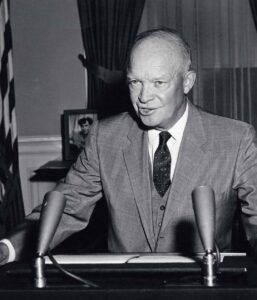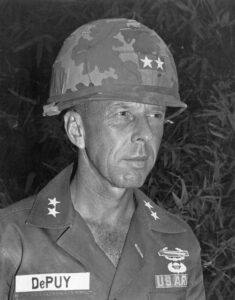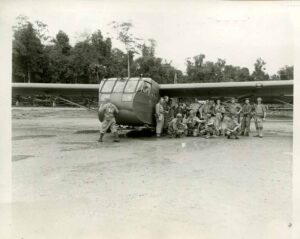Lasting from 1846 to 1848, the Mexican War remains one of the least studied conflicts in U.S. Army history. Yet, despite the war’s relative obscurity in the annals of the U.S. Army, the Mexican War left an important legacy, not just for the U.S. Army for the nation as a whole.
The Treaty of Guadalupe-Hidalgo, which ended the war in 1848, forced Mexico to cede a large part of its territory, land that eventually became much of the western United States. The acquisition of this land, including the territory of California, greatly increased the size and wealth of the nation as it now truly stretched “from sea to shining sea.”
The Mexican War also had a major impact on the Army. Several national heroes, such as Winfield Scott and Zachary Taylor, emerged from the war, and they, as well as Jefferson Davis and Franklin Pierce, would parlay their fame into the political arena. More importantly, the war served as a training ground for many soldiers who became general officers, both for the Union and Confederate Armies, in the Civil War, such as Robert E. Lee, Ulysses S. Grant, William Tecumseh Sherman, James B. Longstreet, Thomas J. “Stonewall” Jackson, Albert Sidney Johnston, Joseph E. Johnston, George B. McClellan, and many others.
While the new technology of photography was available during the Mexican War, the vast majority of images of the conflict are paintings and sketches. One artist who helped capture images of the Mexican War was James Walker.

Walker was born in England on 3 June 1818 and emigrated to the United States with his family, where they settled in Albany, New York. Little is known about Walker’s art training, although it is believed he studied painting in New York City. He later traveled to New Orleans and then to Mexico, where he became interested in Mexican culture. During the 1847 siege of Mexico City, Mexican authorities imprisoned Walker. He later escaped to the American lines, where he became an interpreter for MG Winfield Scott. He also began sketching battle scenes. In 1848, he produced a series of twelve oil on board paintings depicting scenes from the Mexican War. The twelve paintings are among the oldest works in the Army Art Collection. Another of his works on the Mexican War, The Battle of Chapultepec, hangs in the Capitol in Washington, DC.
After the Mexican War, Walker set up studios in Washington and New York and became well known as a painter of famous battles. He later settled in San Francisco and concentrated on paintings of Mexican culture in early California. He died on 29 August 1889 in Watsonville, California.




